2021 was supposed to be a fresh start coming off the heels of COVID-shutdowns, yet the end of the year was just as confusing and scary as the one prior. New variants forced event closures and mask-mandates were brought back in many cities. Companies like Google and Uber pushed back return-to-office dates, and nearly 70% of Americans planned on having scaled back, immediate-family-only holiday celebrations.
Collective mental health continued to decline – depression rates in 2021 were up 5% from 2020, impacting 32.8% of Americans and “how to maintain mental health” was searched more in 2021 than ever before.
Brand voice is lagging.
It’s safe to say 2021 was not the beacon of hope and new beginnings that we’d hoped it would be – I spent my Christmas isolating away from my family and friends despite being vaccinated and boosted. So much about our COVID-realities has changed but brands continue to talk to us the same way they did in 2020.
Comparing year-end ads from 2020 and 2021 demonstrates just how duplicative the pandemic-related brand voice has become. Brands struggle to strike the right balance between acknowledging the strife of the year and trying to move on with daily life, which results in generic, feel-good messaging across the board.
Google’s Year in Search for 2021 felt so duplicative from last year, with we’re-in-this-together rhetoric and uplifting imagery, that the two videos could almost be spliced together.
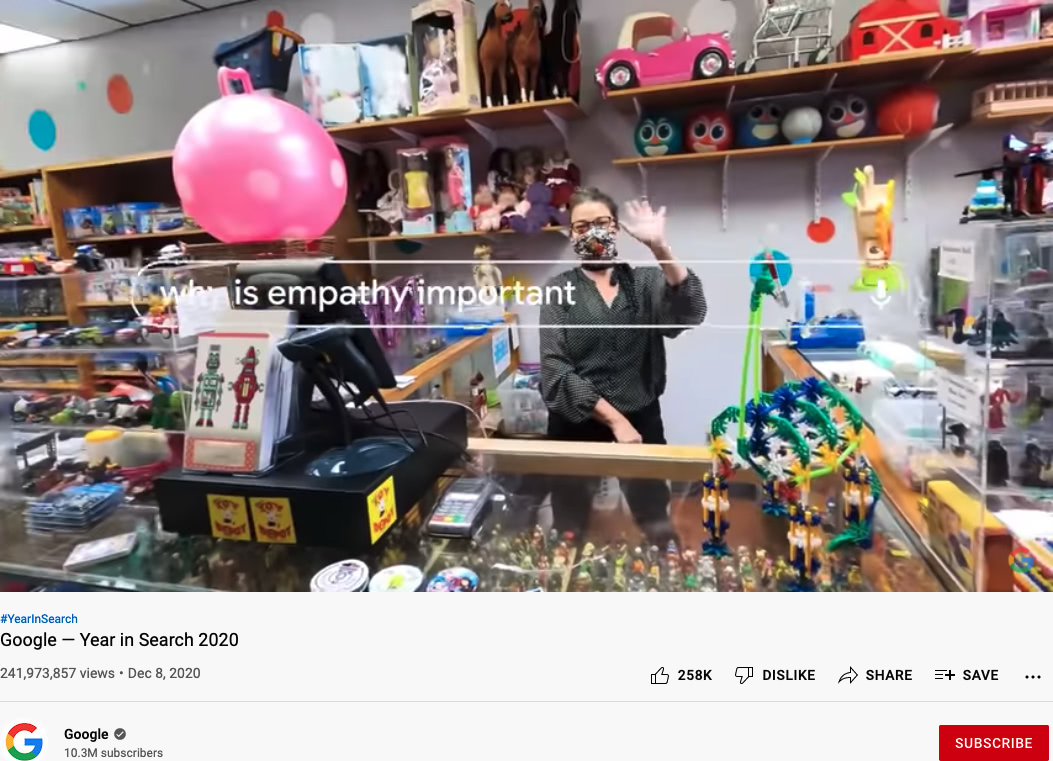
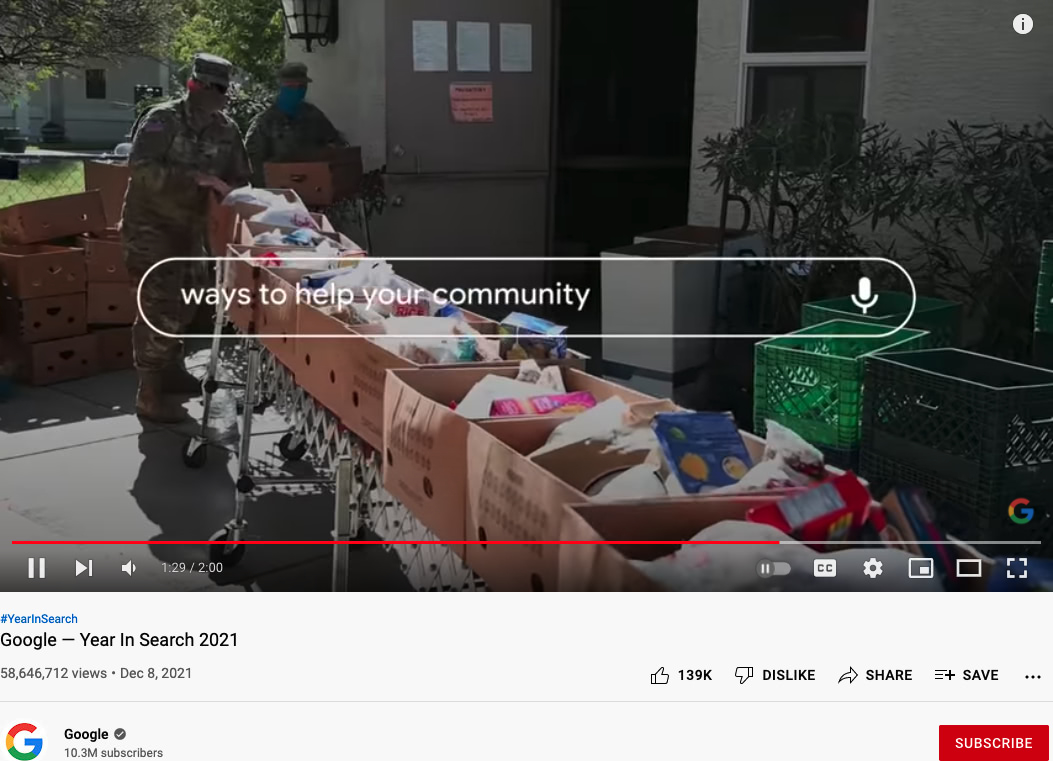
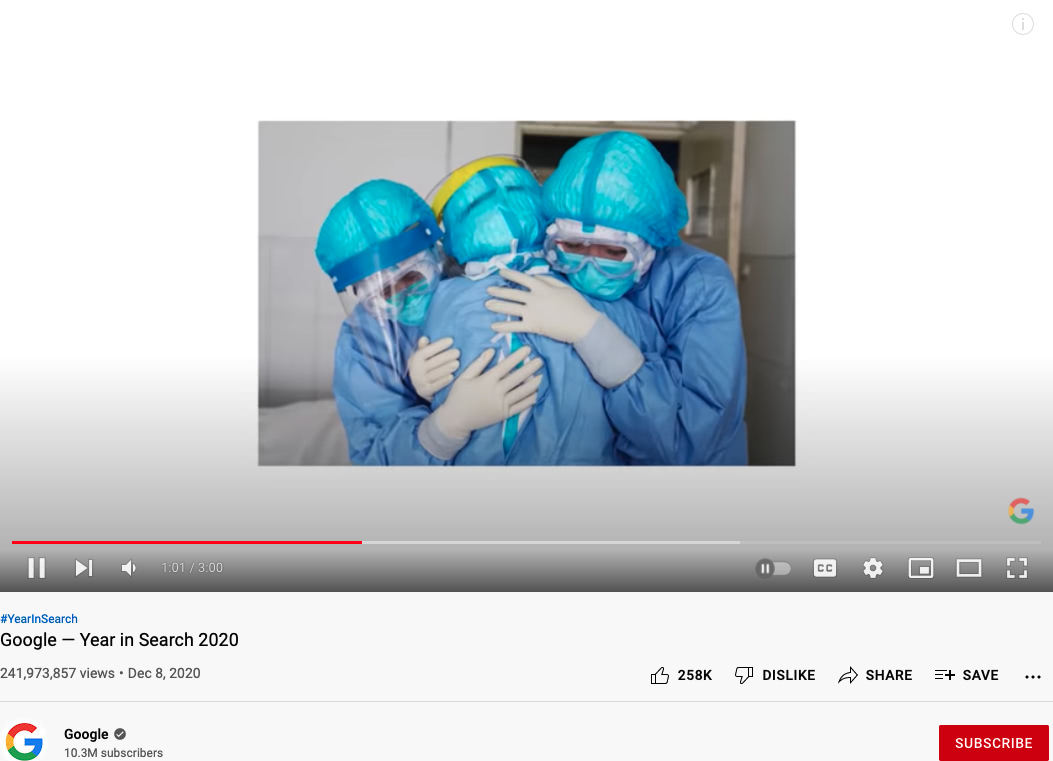
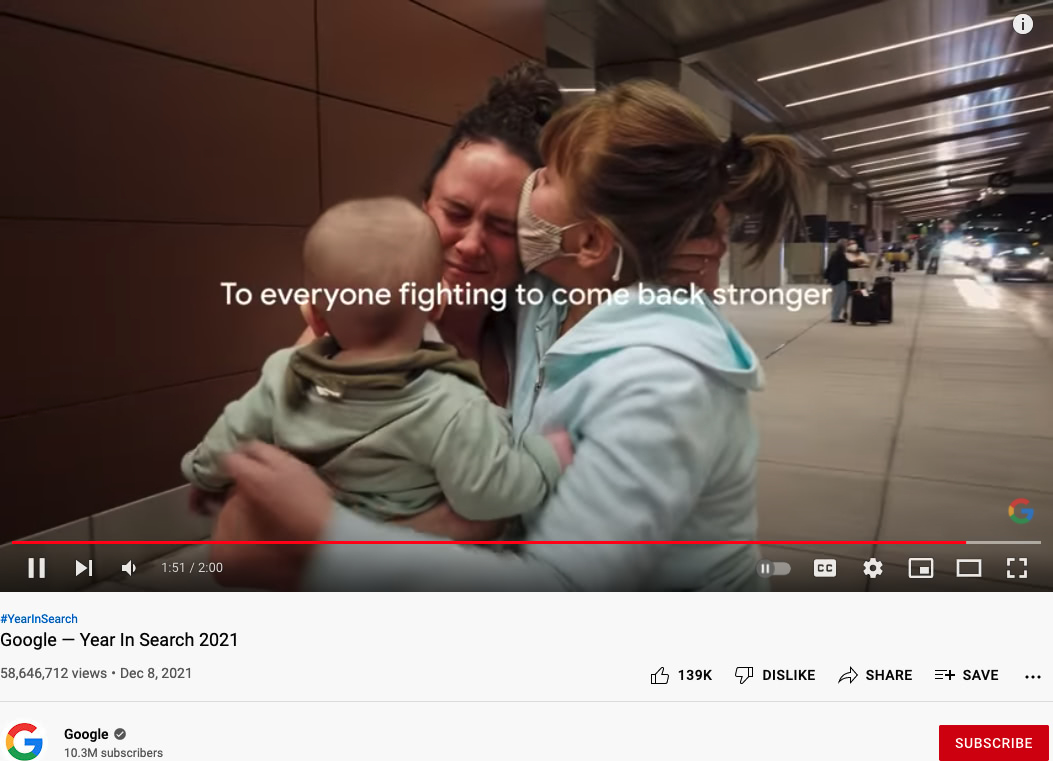
Pantone’s 2022 Color of the Year, Very Peri, is meant to represent “[an emergence] from an intense period of isolation, [where] our notions and standards are changing” that “introduces an empowering feeling of newness”. For comparison, the 2021 Color of the Year “speaks to the resilience, the optimism and hope and positivity that we need, as we reset, renew, reimagine and reinvent”. Visually, the difference is stark, but the meanings behind them are interchangeable.
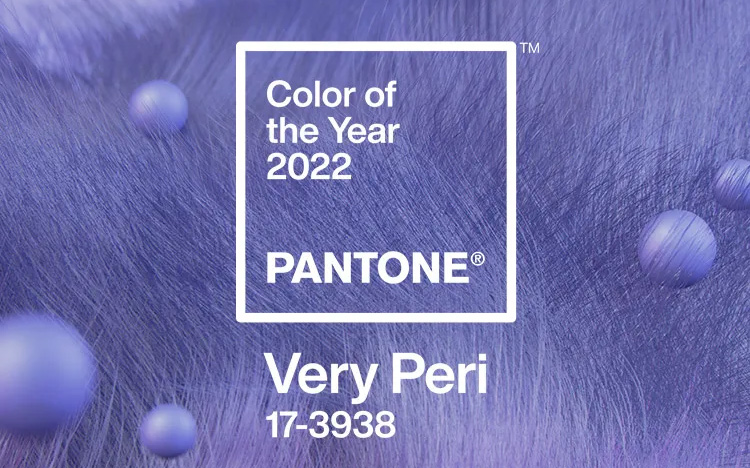
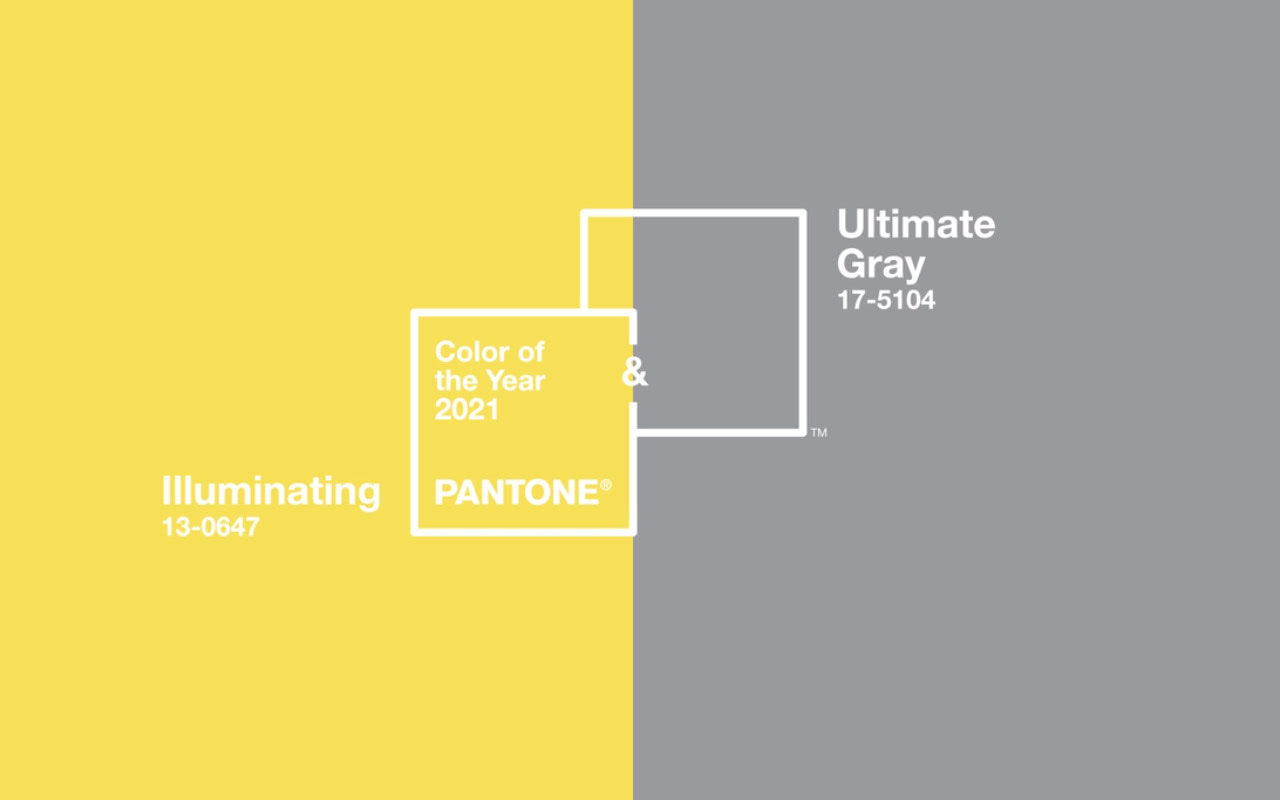
Merriam-Webster’s word of the year for 2020 and 2021 were both clinical and COVID-related.
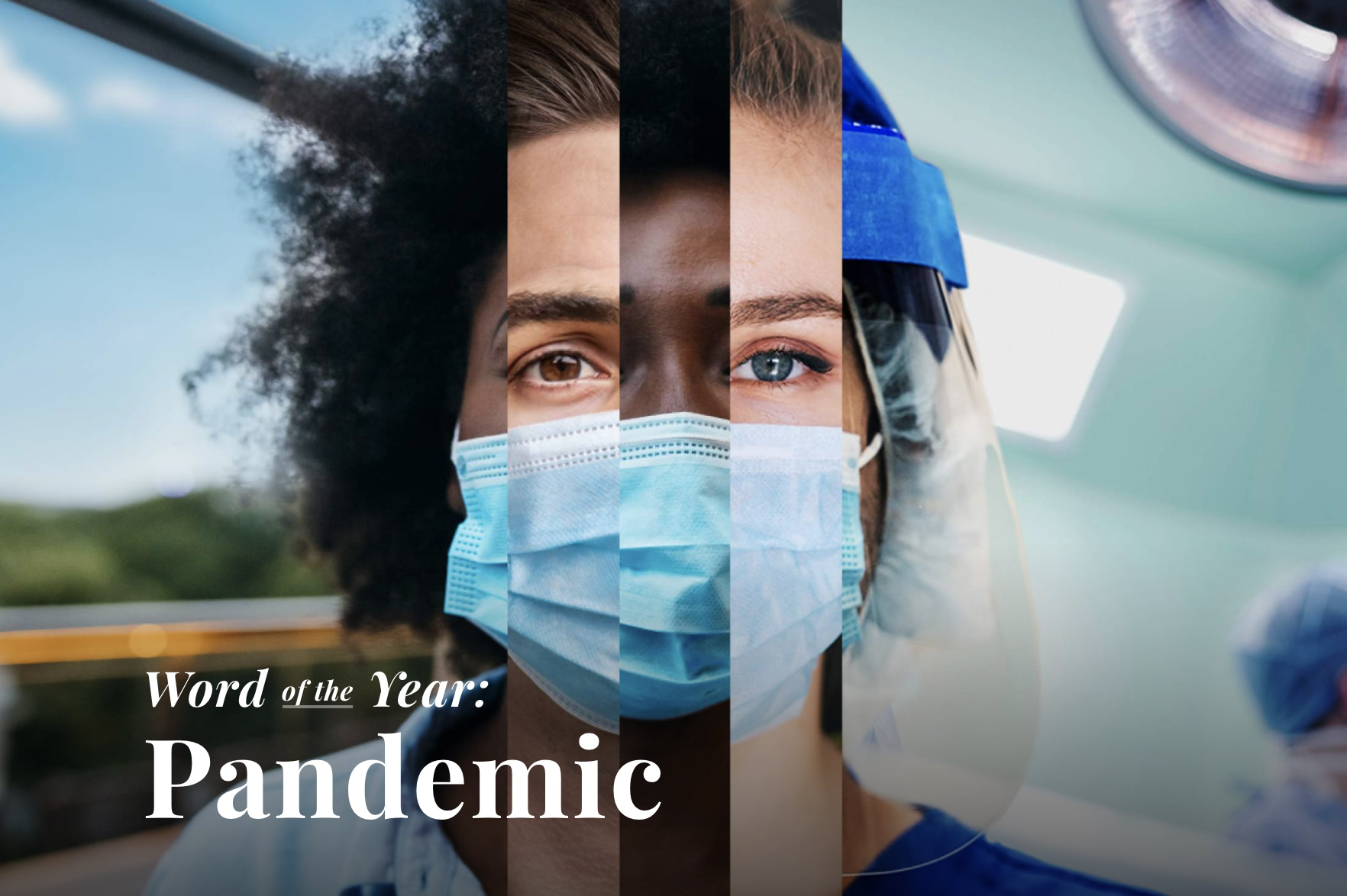
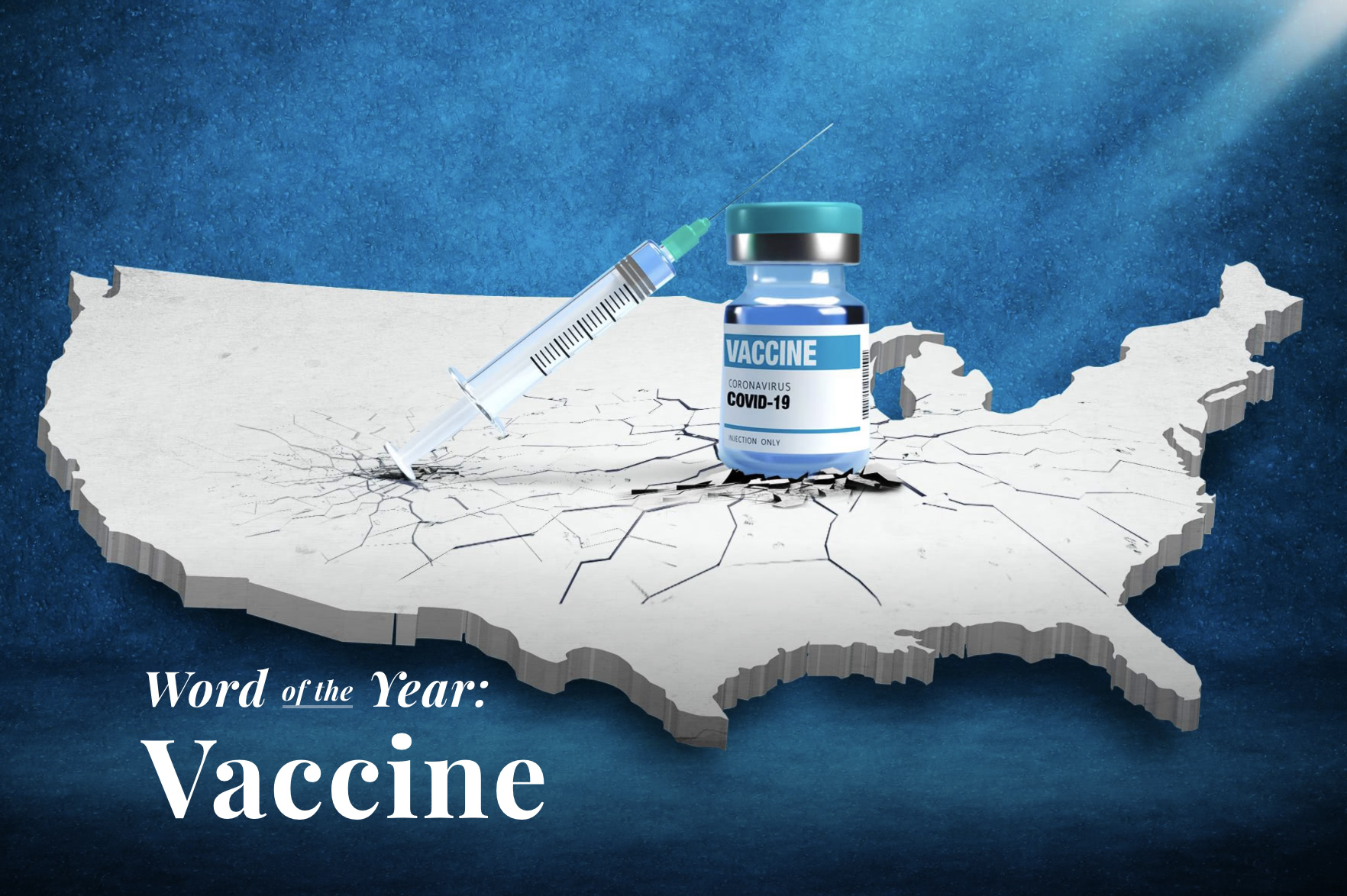
The last two years have blended together in a mix of COVID-shutdowns, natural disasters, and political unrest, but that’s not to say the two years were exactly the same. People who have lived through three years of COVID have a different mindset than they did when they were two months into the pandemic – yet brand messaging has remained almost the same. Attitudes continue to shift and mental health continues to decline, but it feels like brands are stuck in a feel-good-messaging echochamber.
There is no single thing that brands can cut from their rhetoric or immediate tone shift that will fix all the half-hearted you’ll-get-through-this messaging but there are some things that brands can do to get through to a calloused population:
Don’t overpromise.
In part, consumers are realizing brands are not living up the sunny ideals they are presenting. Brands like Amazon, who released videos about respecting the health and safety of their workers during the beginning of the pandemic, spent the last year under fire for unsafe warehouse working conditions. Creating reasonable expectations and living up to them can help appease audiences wary of disappointment.
Retire old rhetoric
Times are unprecedented, but nobody ever wants to hear that phrase again. A poll conducted by Acquia in the UK found that 80% of consumers think “covid sayings” are annoying. Speaking to audiences honestly, without relying on fluffy broad language, can help establish a lasting rapport rather than blending in to every other brand communication.
Speak with purpose
Most importantly, brands shouldn’t join in cultural conversations just for a participation trophy. Brands have been in hot water for years for empty activism – changing profile pictures to feature rainbows during Pride Month despite donating to anti-LGBTQ organizations – and COVID created a breeding ground for light, often meaningless content. Not every brand has to be a pandemic expert, but 2022 can be an opportunity for brands to step beyond the traditional conversations and say something meaningful.
The we’re-in-this-together mentality is no longer resonating with an increasingly cynical audience. 2022 is an opportunity for brands to act on the “reset” of our country, rather than keep talking about it.


